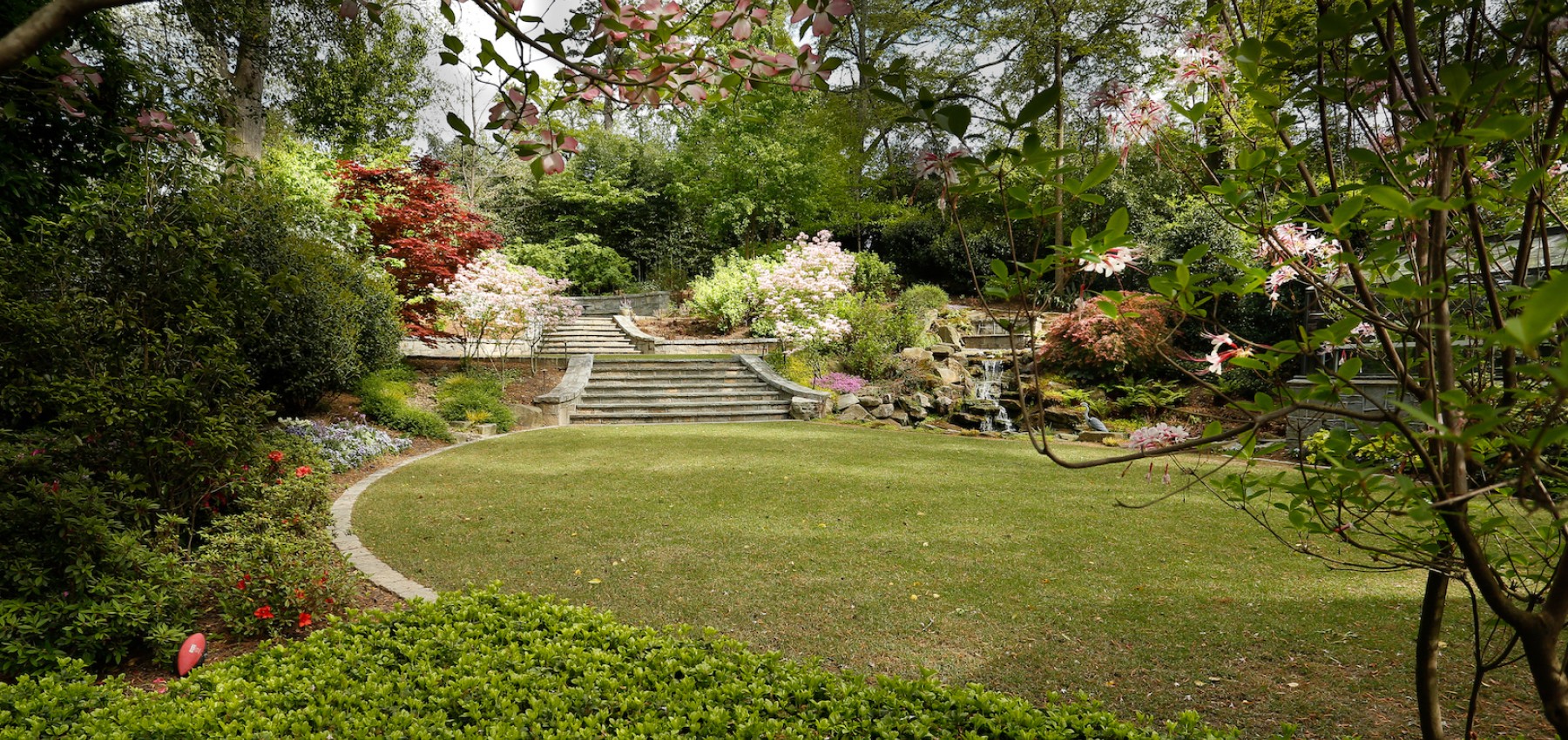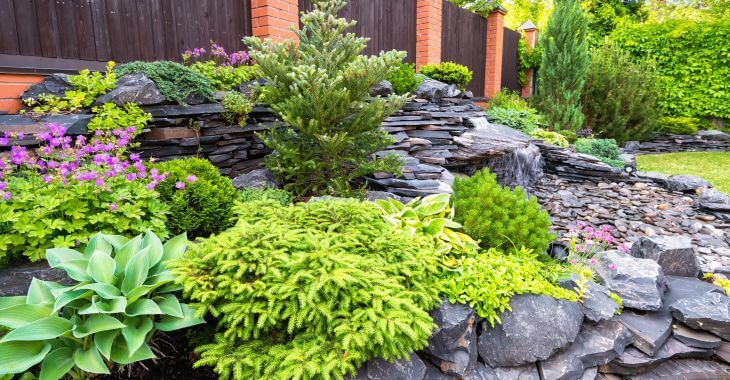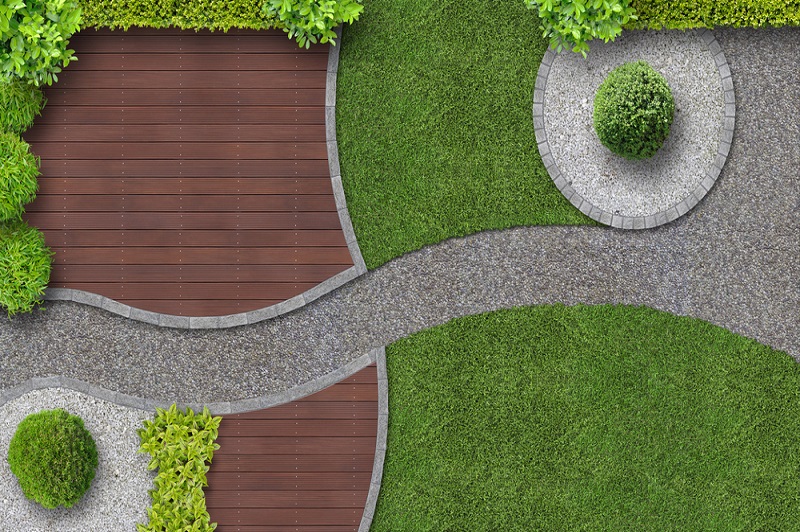Landscapers Fundamentals Explained
Landscapers Fundamentals Explained
Blog Article
3 Simple Techniques For Landscapers
Table of ContentsGet This Report on LandscapersOur Landscapers PDFs4 Simple Techniques For LandscapersIndicators on Landscapers You Need To KnowNot known Facts About LandscapersSome Known Factual Statements About Landscapers
- A garden feature where water is represented by an accumulated stone product, usually a crushed rock or granite. These are most commonly located in modern-day and Japanese garden design.- A stone or flagstone patio, path, or pathway built without a concrete base. The base would be compressed crushed rock and the joints would certainly be an accumulation or walkable ground cover. - A stone maintaining or totally free standing wall constructed without making use of mortar. An extremely skilled mason is needed for a completely dry stack stone wall surface. The majority of walls in Rose city are not completely dry stacked, even if they seem. - An underground structure that gather water and allows it to reduce percolate into the dirt around it.
Landscape layout that is suitable with a sites' atmosphere in both look and sustainability without adverse influences to the environment. Edging in the landscape is a line of separation that produces visual passion in the garden by dividing one sector from another section.
Locations can also sense of "enclosure" offered by trees, various other plantings, fencings, or screens. The landscape near the access to a building. A tree, bush or creeping plant, educated to grow on a wall surface or fencing into a details pattern. Especially valuable for fruit trees, making it easy to harvest the fruit and having mess.
All About Landscapers

The component in a landscape design or area in a landscape that is suggested to be most prominent. The focal point can be a plant, stone, statuary, gathering room, or various other landscape feature.

Landscapers Can Be Fun For Everyone
Rock item, either rounded or fractured, that is relatively little- generally 1" or less. Low plants that are permitted or urged to top a location. Can refer to any type of "hard" yard aspects consisting of statuary or stones however a lot of frequently is utilized to refer to courses, outdoor patios, website link and walls.: Height difference in between the degree of water in a pond (or the level of the pump if it rests outside the pond) and the top electrical outlet of water which influences efficiency of the water pump in gph (gallons per hour). Dense bushes or trees that form a fence, display, or border.
Fence boards that run flat, usually made use of in modern-day or Japanese-inspired landscape layouts. Appropriate usage of imaginary lines can help the landscape really feel linked to the home and other aspects.
A more relaxed garden dominated by bent as opposed to straight bed lines and a less rigid framework. Standard PNW landscapes are casual. A plant that spreads even more than preferred, or right into habitats where it does damages. Rose city has a list of invasive plants that should not be set up in landscapes because they can spread out to forests or rivers and be tough to regulate.
Some Known Questions About Landscapers.
Can include head positionings and insurance coverage, pipeline sizing, GPM specs, and products needed to mount this system. Accredited professional that makes landscapes, educated in design and style as well as in cultivation.
The specialist that plans and creates landscape projects, generally at a residential or tiny business degree with the major style catalyst on plantings. Landscape developers typically have much less schooling than Landscape Architects and are not licensed. A finished landscape layout, outlining all elements for the new landscape. This typically takes the type of an illustration on paper.
Making use of several plantings of the very same range to load in an area in the landscape. This can decrease upkeep and water use in the garden.
A mix of concrete, sand, Recommended Site and water that is used in rock stonework for setting rocks and joints. A layer of garden compost or bark dirt used at the base of a plant. A mass planting of moss. A plant that existed in a geographic place before individuals started transforming the landscape.
What Does Landscapers Do?
How the garden or a garden component is prepared in partnership to an existing or new attribute or to a direction. Keeping a grass without making use of chemical herbicides, pesticides, or plant foods. Grasses that are not cut yet expanded in landscapes as perennials. This is a partially open sided leisure or leisure location that joins a house, utilized for amusing, outdoor dining and merely taking pleasure in the outside environment.

Plants that supply seasonal passion and then pass away back in the winter months. Cold browse around here period yard that is the most common lawn grass in Portland, OR and the remainder of the PNW.An open roofed framework over a patio or various other landscape attribute.
The most typical landscape crushed rock in the PNW. Location of the landscape created to take care of rainfall water up until it can saturate right into the ground.
Producing a garden feature consisting mainly of stones with plantings that complement and can thrive in the rocky atmosphere. Lawn sprinkler head design that turns a stream of water throughout a location.
Unknown Facts About Landscapers

Report this page